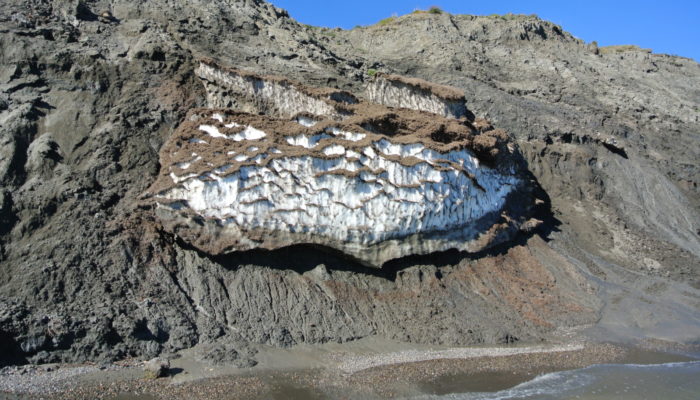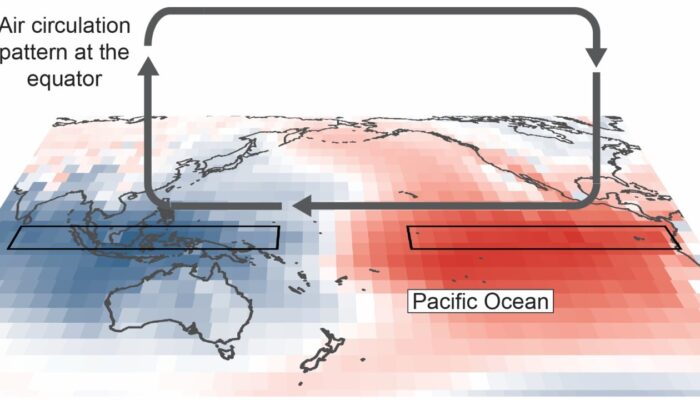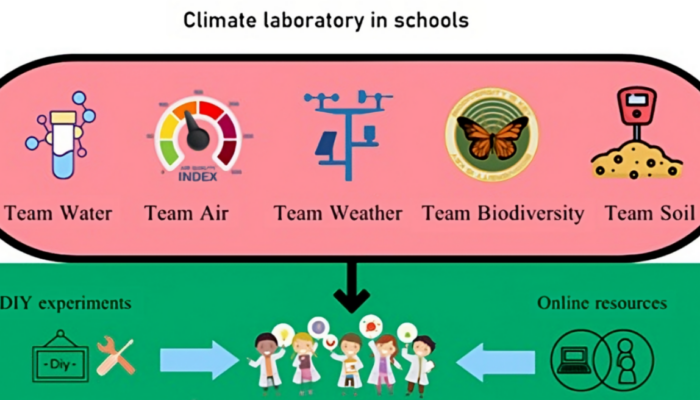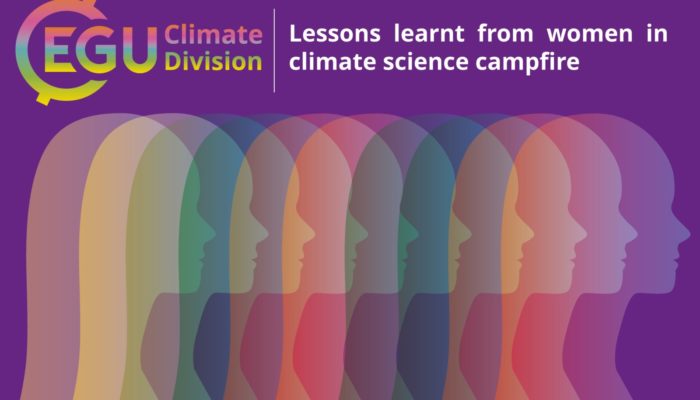What is the Walker Circulation? The El Niño Southern Oscillation, or ‘ENSO’, is one of the major causes of year to year variability in Earth’s climate. ENSO is characterised by: changes in the temperature of the ocean’s surface in the tropical Pacific Ocean, and by changes in atmospheric circulation in an east-west direction above the Pacific Ocean. Number two in that list is what makes ENS ...[Read More]
Put a Climate lab in school and make it better!
Put a Climate lab in school and make it better “The car will not go through this road”, the driver replied. Well, the path, which he was mentioning was a mudslide made up of clay soil, completely wet from the rain the previous day. We were traveling to a small village in Sundarban to establish a climate laboratory. The concrete road ends 2 kilometers before the schools, and then it was a mud bath! ...[Read More]
Lessons learnt from women in climate science campfire event
‘Women in Climate Science Campfire’ event On November 7th, 2022, the EGU Climate Division outreach team hosted a campfire event, a series of online presentations on ‘women in climate science,’ where we covered subjects from the current state of knowledge on women being affected by climate change to many of the challenges female scientists faced (or faces) in the current societal landscape. Followi ...[Read More]
Feeling the Heat: The Grilled Earth

Nowadays, there are plenty of media reports about the impacts of climate change around the world. Glaciers are disappearing, gigantic craters form in Siberia as the previously frozen ground thaws, the sea is threatening to swallow entire islands, floods cause large damages to people and economy, heat waves periodically destroy crops and can reach dangerous levels for people’s health. And this is o ...[Read More]



